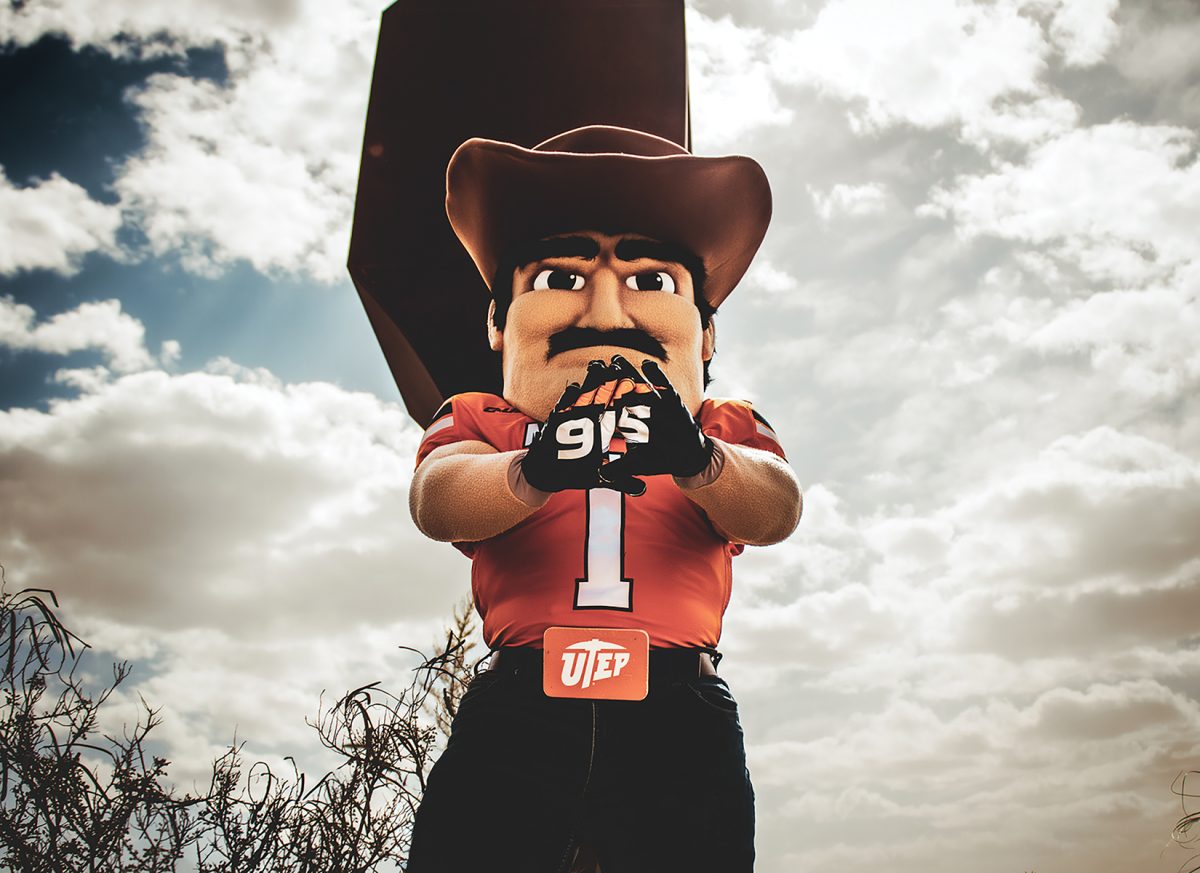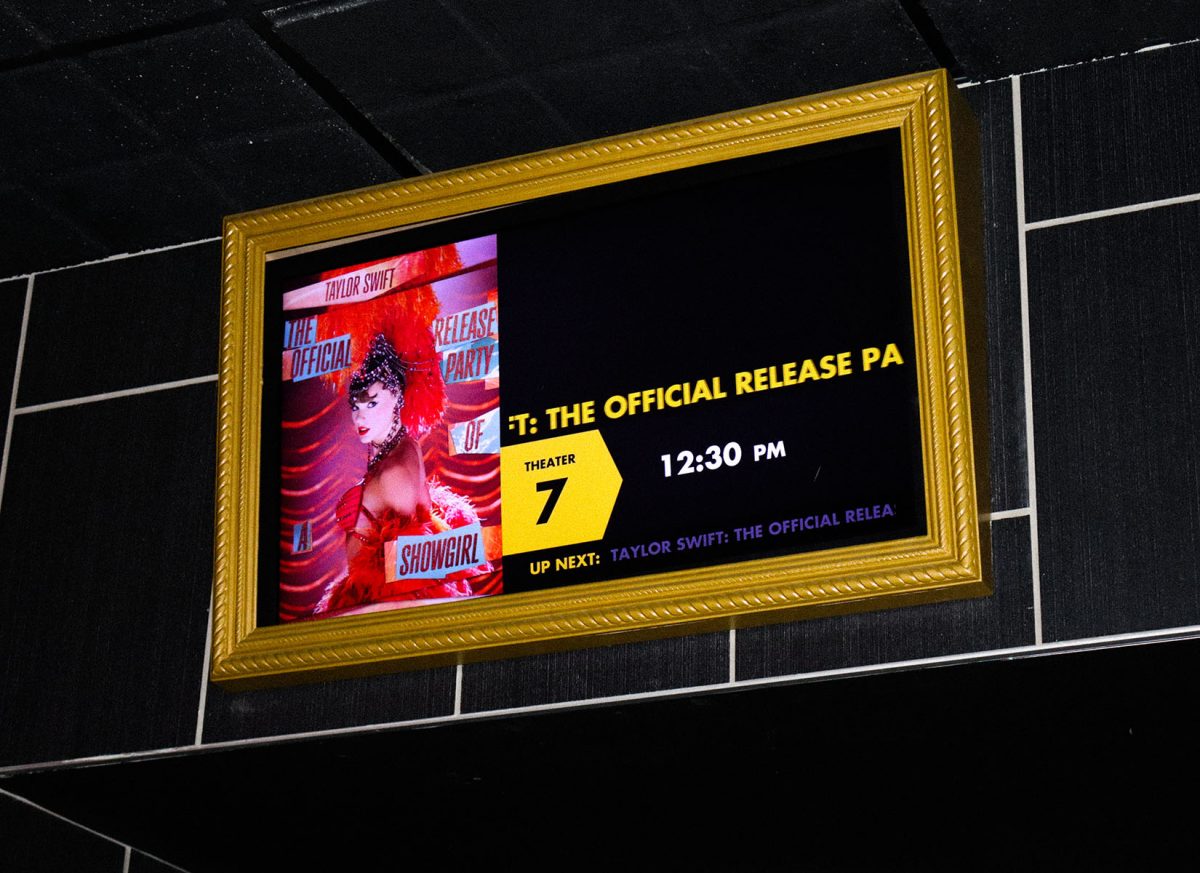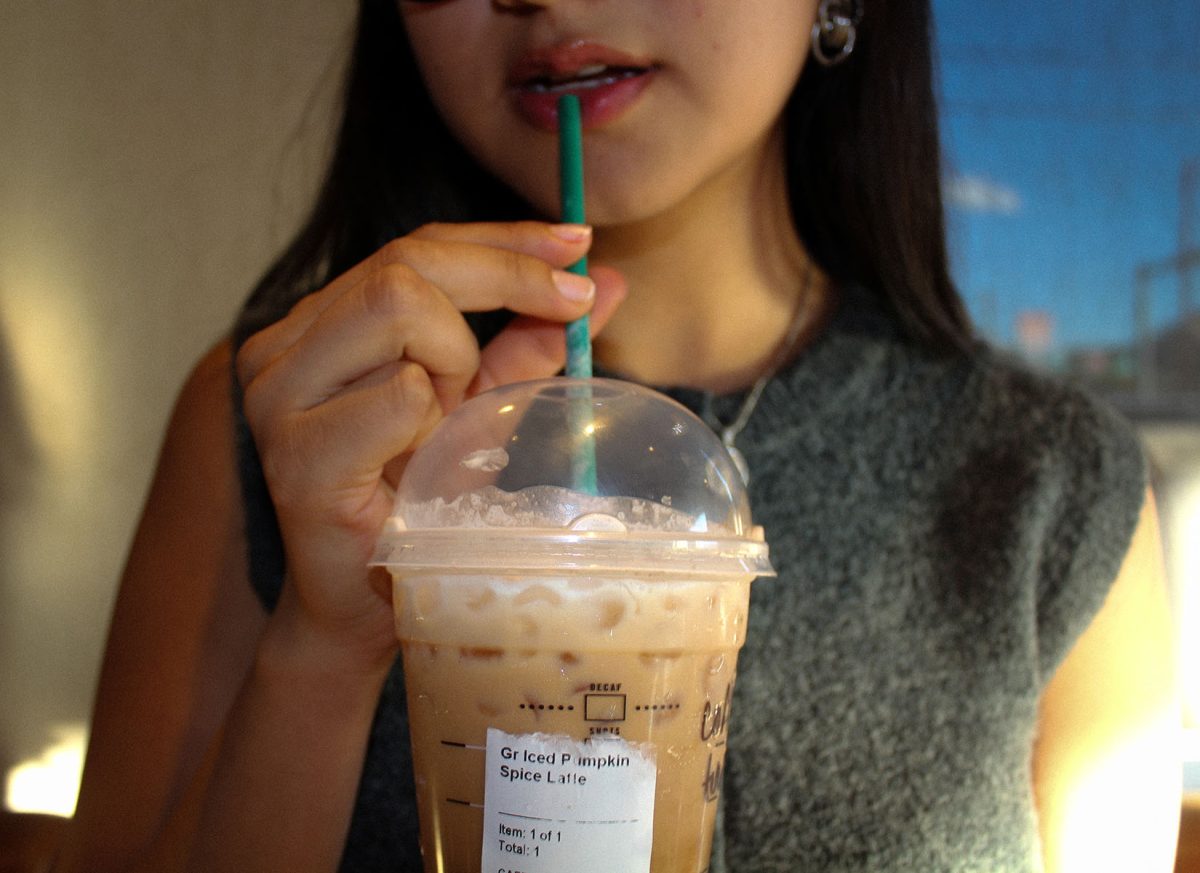Imagine this, the game is on the line, either Memorial Gym, the Don Haskins Center or the Sun Bowl is packed out to the brim with roaring fans excited to see the game.
The future of Miner athletics is in the hands of a couple of college athletes, and before the play, they turn to see the now 50-year-old Paydirt Pete. Does it calm the athlete down?
Well, Bandura’s Social Cognitive Theory can give us an answer. For those who haven’t taken a communication or psychology class, in short, the theory proposes that human behavior is a result of interactions and environmental influences.
Street Characters, a company which creates mascots for entities ranging from the NHL to your local high school soccer team, claims that this theory diffuses to mascots.
To be specific, their study details “Mascots, with their indomitable spirit and unwavering enthusiasm, provide a model of resilience and perseverance. Teams often soak up this energy, channeling it into their performance.”
Even if Street Characters relies on mascot popularity for profit, their argument is one tough to rebuttal. Especially when thinking about Paydirt Pete and the legacy in which he’s crafted at UTEP, as the Pete that we know today has been the first thing that comes to mind when people think about what it means to be a Miner.
From a look’s standpoint, he has a relatively modern and sleek design, and despite lacking a smile, you can’t help but feel an insurgency of joy when running into him.
A large part of how Pete transmits happiness into the minds of athletes, fans, or the random student he runs into in the halls, is because of how he interacts with them. Think athletics, and ask yourself how many high fives is Pete averaging per game? As far as I am concerned the number is way over 100.
Pete also isn’t scared to spend some time having fun. Regularly, he is caught dancing with the fans, hanging out with his second mascot cousins like Ozzy the bat, or playing around with athletic equipment.
All these actions have created an image for Pete, one in which we want to keep experiencing, and modify our behaviors to be able to interact with Pete. This can be as simple as extending our hand for a high five or running to the point of being out of breath to catch a picture with the mascot.
What Paydirt Pete has done through crafting his image is master the art of reinforcement, or the idea to increase the likelihood of a behavior. Pete’s encouraging us to interact with him because we know that it’ll be a fun experience.
For athletes, the Psychology is the same. Since Pete represents UTEP pride, athletes look to him to increase their motivation to represent the Miners. Whether in wins or in losses, they look to Pete as a symbol of hope, and inspiration.
To make the case that every mascot leaves the same imprint as Pete simply isn’t justifiable. Pete has the history, the looks, and the cadence to make him notorious.
So, as we celebrate the five decades of Pete, know that his purpose extends far beyond eye candy. Pete is here to strengthen the community, make everyone feel welcomed, and stand as the epitome of what it means to be a Miner.
Sebastian Perez-Navarro is a staff reporter for The Prospector and can be reached at [email protected]









